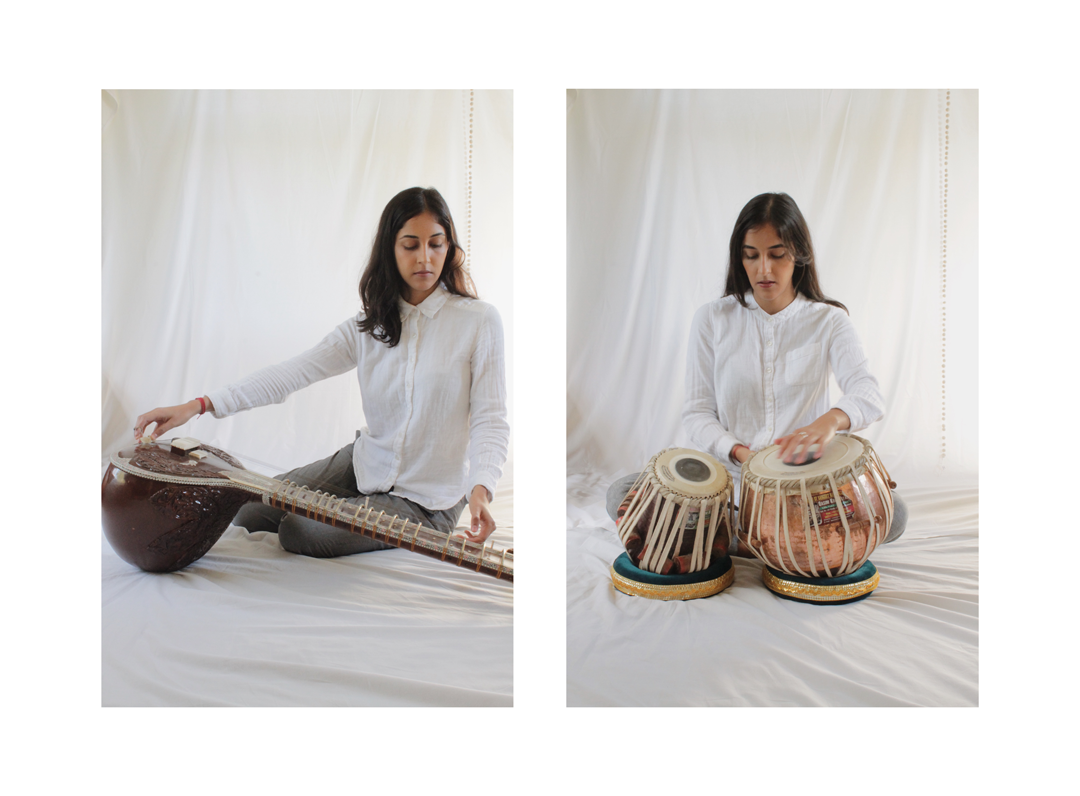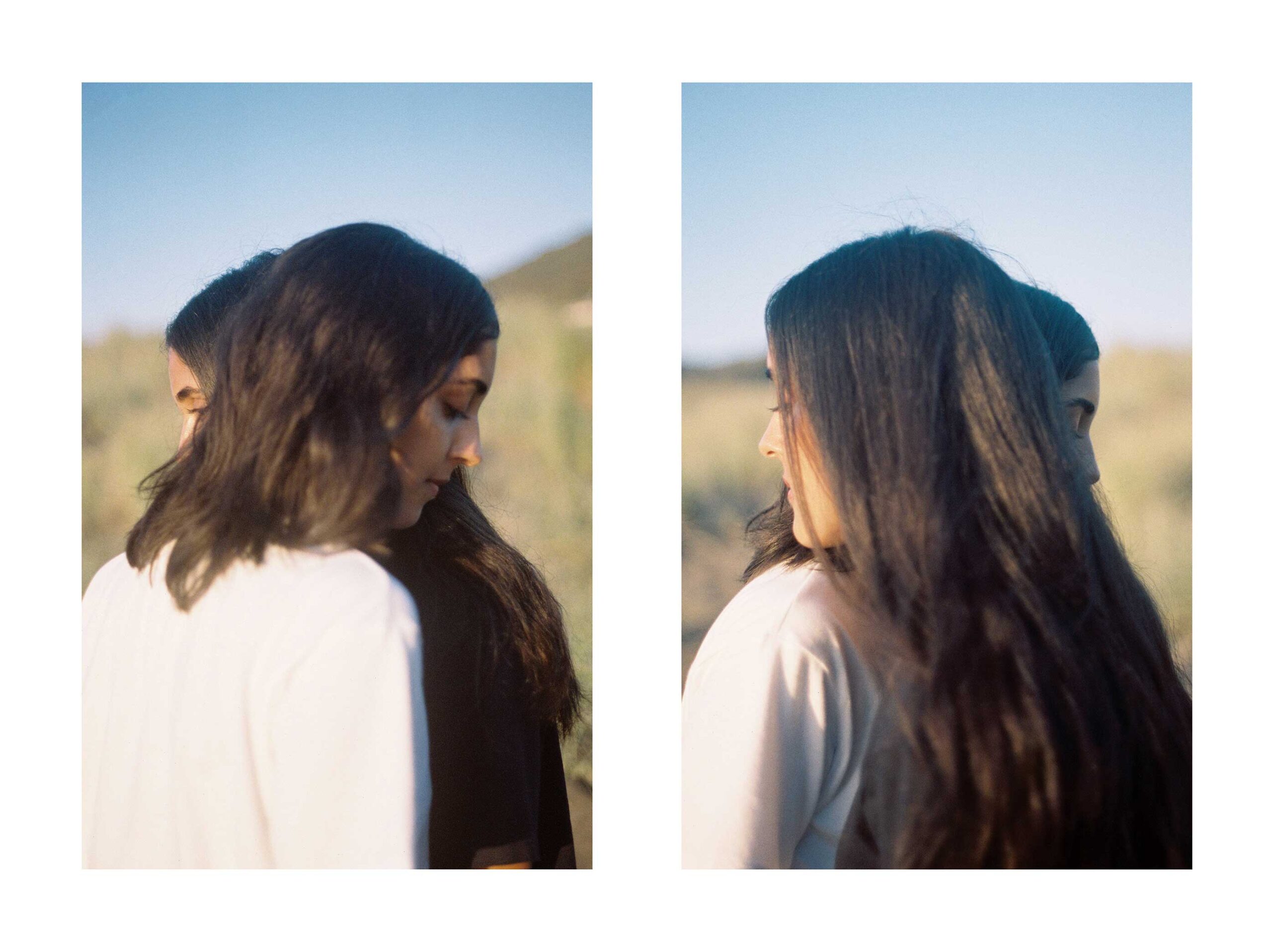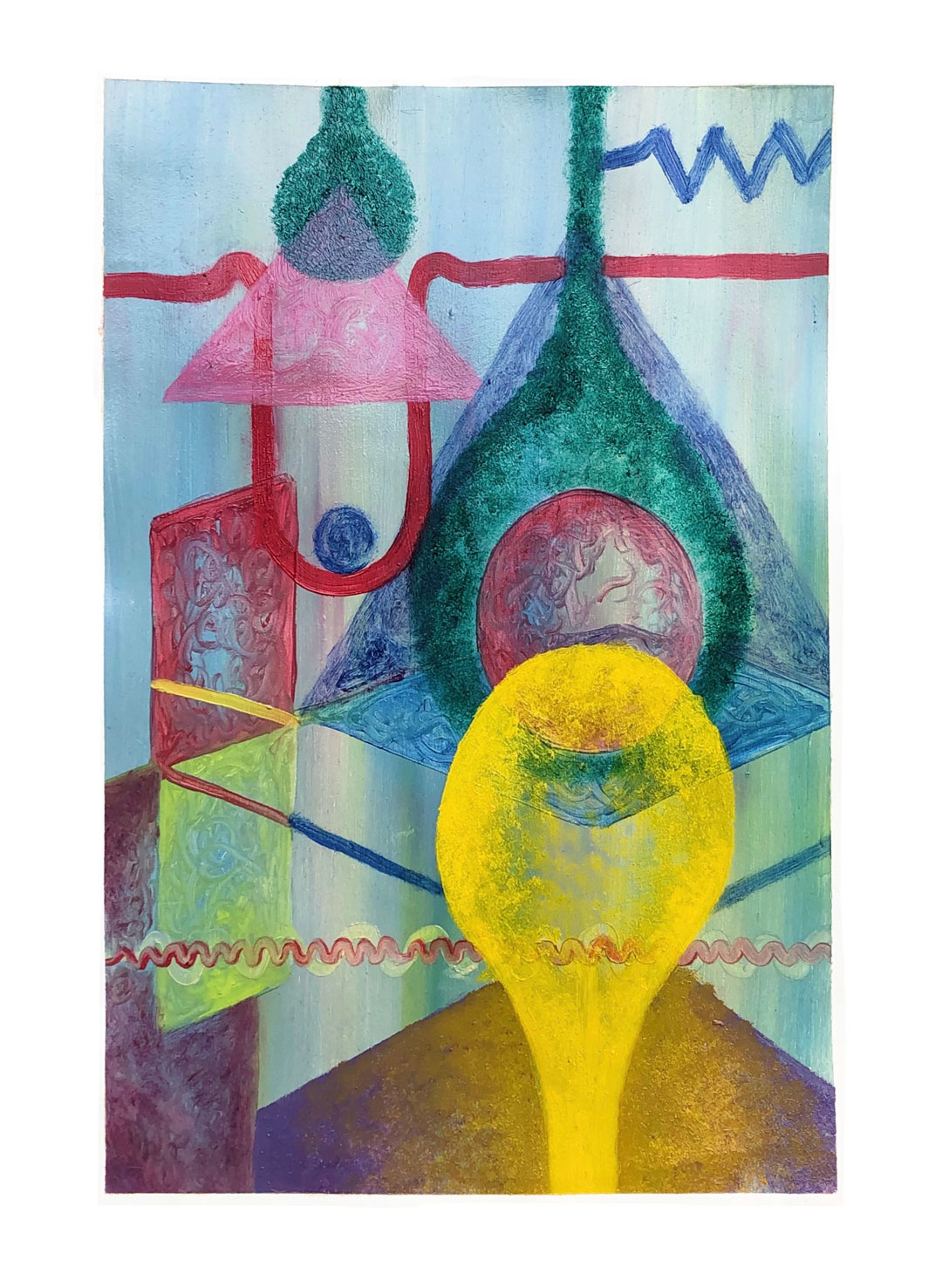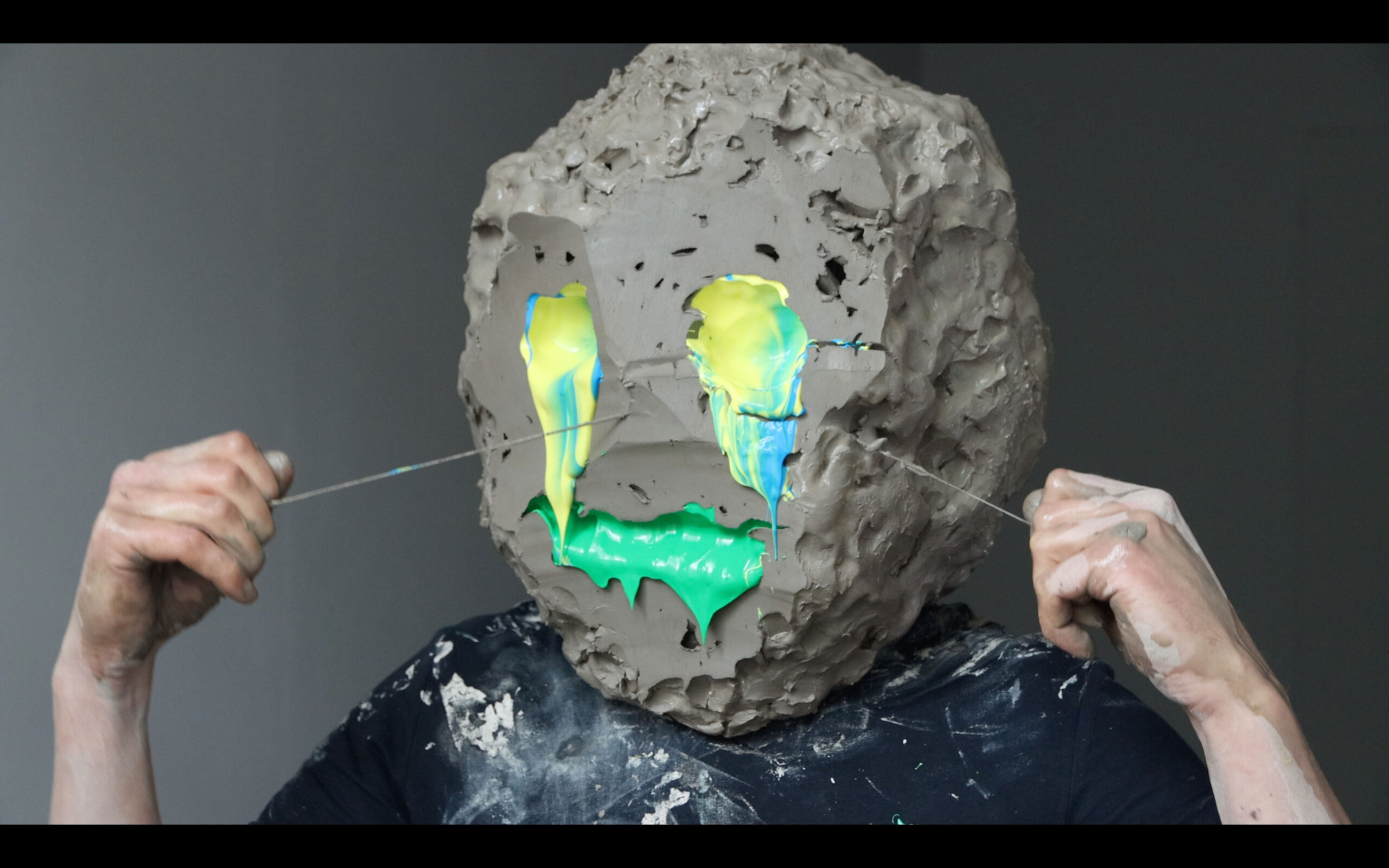An important yet often ignored aspect of art production is the precursor of internal tussle, anxiety and the search for new ideas and concepts to further one’s artistic progress. Practitioners across different mediums appear to experience this uniformly- with many such as abstract expressionist Agnes Martin giving up painting entirely for 7 years, emerging next with an entirely different style. Two parts to this problem of creative blocks can be defined- the problem of expressing existing ideas in a cogent form, and the fundamental of coming up with new ideas at all.
The NZ duo Tāl seems to share a less rigorous, intuitive view. “ I’d say you can’t force anything. If it’s not working- if you’re not feeling it, don’t push it and create something that’s not authentic. I like to think that an artist block is just your mind letting you know that you’re not ready to make anything new just yet.”, says Shantini, one half of the musical duo, who are also twin sisters.
The music of Tāl bears an odd, alive thrumming. Alto voices play hide and seek with each other, with the tabla and sitar forming the middle voice of many of their compositions. Their noticeably titled “Lights: Raaga Kaafi” (from Tāl EP) points to the curious intertwining of South Asian music cultures with more softer, pop acoustic sensibilities with its melodies based off the thaat raag, through the guitar.
Born in Auckland, NZ, twins Shantini and Shalina experienced a bi-racial upbringing, being half Malaysian Indian and half New Zealand European. A growing South Asian diaspora within alternative music becomes, therefore, a definitive strain of influence and appreciation within the music of Tāl, who admire artists such as the East London born, South Asian rapper Adeeb Razak. This begs the question of the influence, process, and practice of artistic production for the previously ignored community of South Asian creatives in the musical form.
“We’ve both worked hard to get to this point in our lives, and we owe it to ourselves to pursue this path as music has always been a dream for us”, says Shalina,”We feel extremely fortunate to share this platform with many talented South Asian creatives, so the idea that we’re all working at it together is particularly inspiring.”
Beginning music at an early age (with the violin, age 7) may have provided the twins with the advantage of an early start in the process of familiarizing themselves with artistic endeavors, and discovering their own artistry, an aspect many artists who are introduced to their form later in life seem to lament.
Early starts aside, of course, Shantini and Shalina continuously insist on the importance of staying with an idea, and letting it come to a natural sense of fruition. How to begin coming up with new ideas at all, according to them, begins in a space of artistic impulse, always present in a sense.
“We’re both intuitive people, so when we’re dealing with the bones of a song, we can already start to feel the direction it’s heading. Our writing is always relevant to happenings or experiences in our own lives, so the idea is always there in a sense”, says Shalina.
The insecurity of the artist within the space of artistic endeavours, and locating oneself within a peer group in a world increasingly marked by extensive self-promotion poses another question- how an artist may retain the quality of their work, while also maintaining their relevance in terms of a continuous body of work that balances demand with originality. Says Shantini,
“I don’t think anyone can really compare themselves to another, everyone has their own story and a way of doing things. What we create and release into the world, is the most genuine portrayal of what we’ve encountered, experienced and felt. We hold on to songs for a good amount of time to ensure that they’re portraying what we want them to in the most accurate form, before we release them. We do this as opposed to churning out track after track.”
The process of staying with the true nature of the work, as it appears to the artist, seems integral to the individuality of the artist and is asserted repeatedly by Tāl as well. But this only demands the question- what does one do with the minutes, hours and days of the process?
Quite a bit, it appears. History is littered with examples of artists who go about their days settling themselves into other interests and routines. Murakami, notably, has written an entire text (What I Talk About When I Talk About Running) on his running, which begins a little before daybreak, following which he devotes numerous hours to writing.
It’s funny”, says Shantini, “ during the summer months, Shalina and I find ourselves writing less, spending more of our time out with friends, at the beach and enjoying the sun’s rays while we can. It’s a time to cook and simmer, a ‘refresh’ if you will. Come winter time when it’s all grey and we’re spending more time indoors with our instruments, is when we begin to write again. It’s a release of the bank of feelings and emotions we accumulate up until then.
Through the instance of Murakami as well, however, it appears that even as it artists engage themselves with other activities- such as running, for Murakami, the artistic process and an engagement with creation remains an ever-present sotto voice, influencing and encouraging even his running habit.
“The amount of time we actively spend on music really depends on the day”, says Shalina,” but the thinking never really stops. I think that as musicians, we all have this vast capacity to feel- the most liberating highs, and the pitfall that compliments that. It’s when you’re in the more darker times that you can write the good, honest shit. You have to trust the process.”
Written and Edited by Anandita Thakur.








